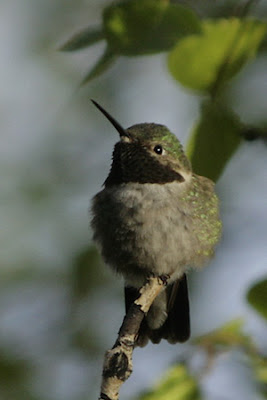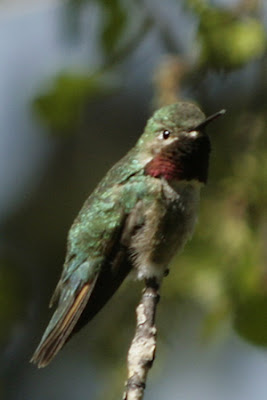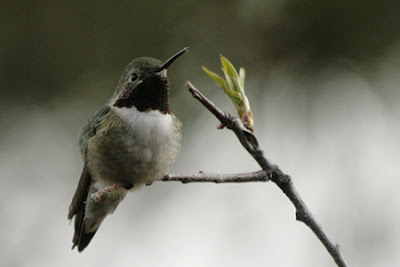Middle of July brings the rufous hummingbird, already migrating south. Rufous only visits my area on the southbound migration. The northbound route is much farther west.
This yearly visit changes the behavior of the broadtails who have been feeding and nesting here
since late April. As the rufous charge in and seize control of July flowers and feeders,
the broatails must sneak to the feeders and flowers for a quick sip before a guarding rufous
chases them away.
Smaller and faster than the broadtails, rufous are expert flyers and very agressive. It is hard to get hovering photos of either species at my place right now with all the quick sipping and high speed fleeing and pursuing going on around here.
However, I confess I haven’t put much effort into photographing the hummingbirds and my normal nature subjects for a few weeks.
A wonderful week long visit with family has kept me busy photographing people rather than birds and other nature subjects. I also spent a few hours this month photographing a wedding party as an assistant to a professional portrait and wedding photographer/friend and neighbor.
Dark afternoons have promised and sometimes delivered welcome rains this month. After the rains, I like to photograph summer wildflowers. But, I’ve been digging and pulling alien weeds after the rains (it’s easier then) and doing wildfire mitigation (cleaning up deadfall and dry plant material) around my home this month.
Now, I’ve made a promise to myself to spend more time in the coming weeks on my nature photography work and less time with people and house chores. A moose was sighted in an area close to my home recently. I’d love to photograph her if she’s still around.
Happy July!
Con
P.S. Another project on the table now is an Artist Co-op in a nearby town. This is something I’ve
wanted to do with area artists about for about three years. An opportunity is on the horizon, so we are meeting and researching. I’ll write more about this when (and if) we get to the planning stage.
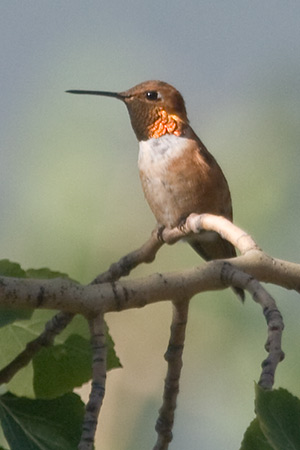
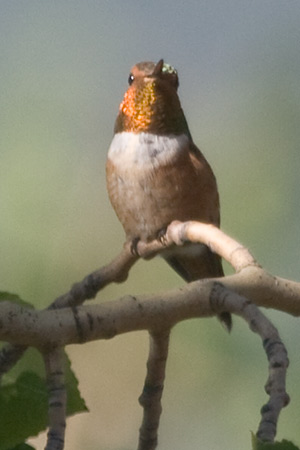

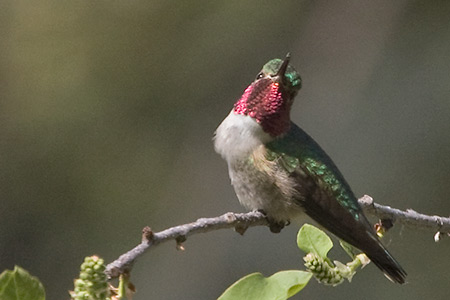
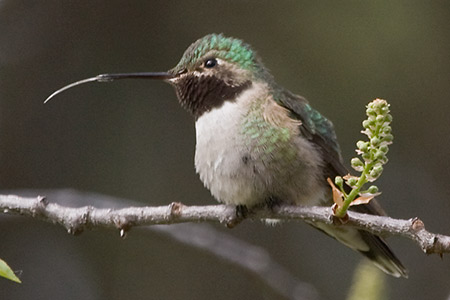


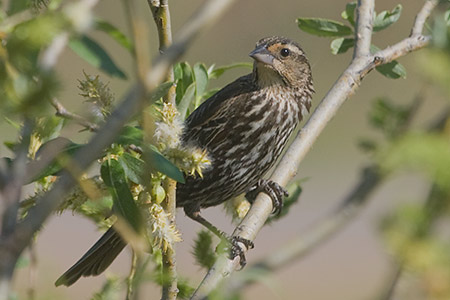

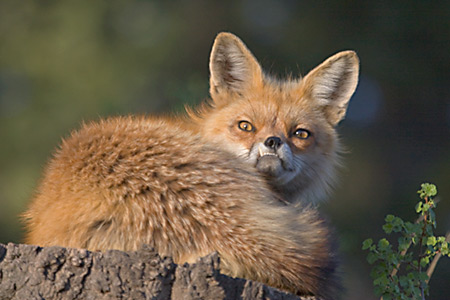
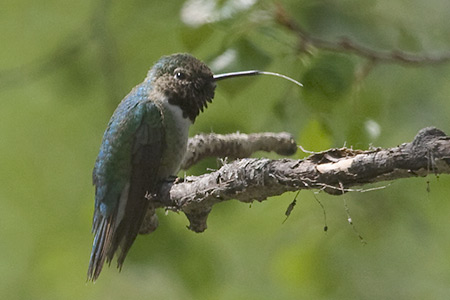
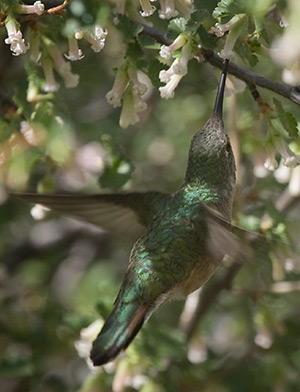



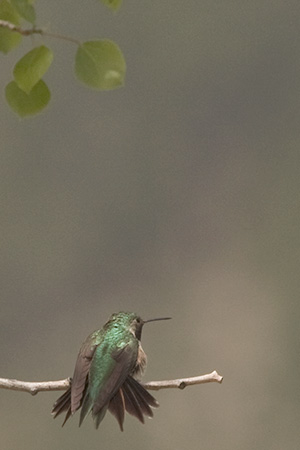
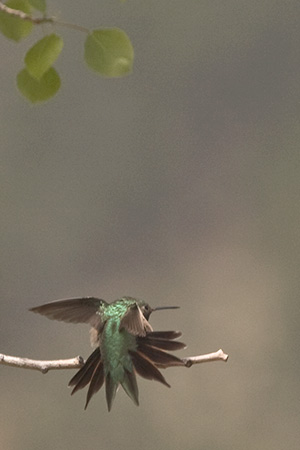
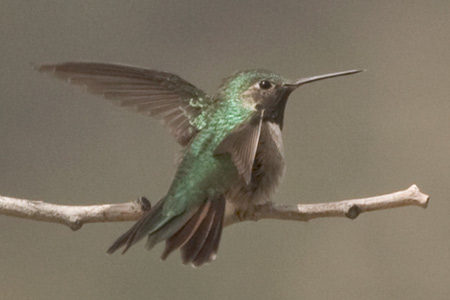
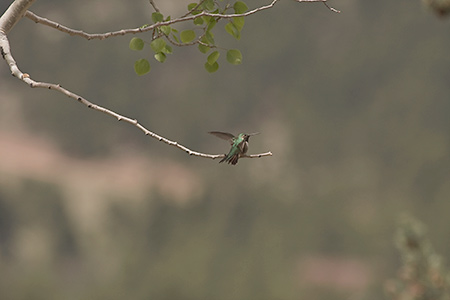
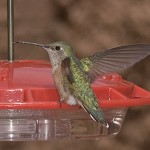


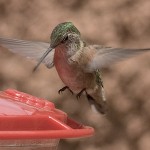

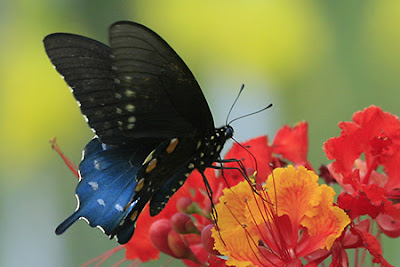
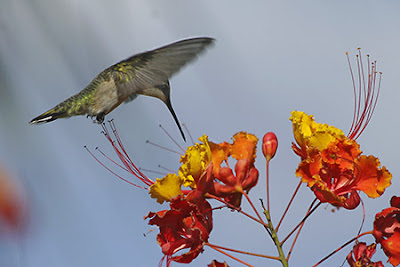
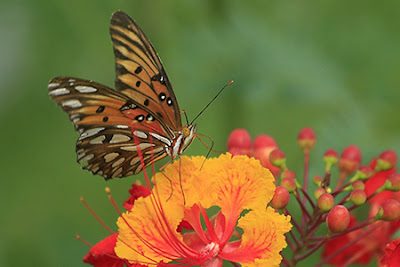
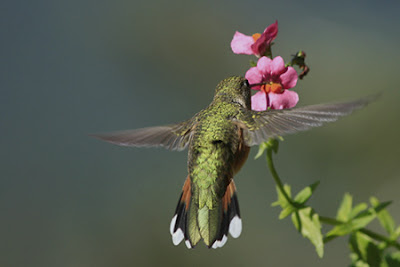

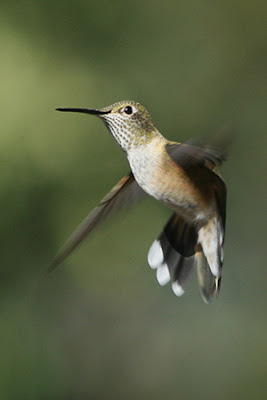
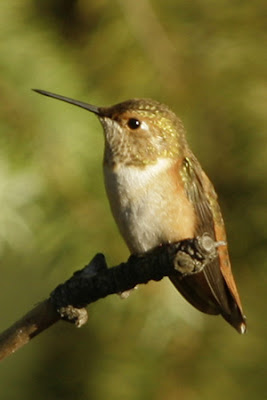
 Rufous sits on the tip of a dead douglas fir branch to keep an eye out for intruders. He doesn’t seem to know that he’s the intruder here. The broadtails arrived months ago.
Rufous sits on the tip of a dead douglas fir branch to keep an eye out for intruders. He doesn’t seem to know that he’s the intruder here. The broadtails arrived months ago. Rufous is like the grade school bully who thinks he has to make up for his small size by being faster and meaner than everyone else. For those of you who haven’t met rufous, you can see how small he is in the image below where he sits on a feeder with a 5 inch tall bottle.
Rufous is like the grade school bully who thinks he has to make up for his small size by being faster and meaner than everyone else. For those of you who haven’t met rufous, you can see how small he is in the image below where he sits on a feeder with a 5 inch tall bottle. Rufous will stay for about a month and then he will move on. He’s already ‘summered’ in the north and will continue his southward migration sometime next month. Rufous hummingbirds nest as far north as southern Alaska and winter in Mexico. They travel northward in spring through the pacific lowlands and make the return trip mid summer through the Rockies to take advantage of peak wildflower times.
Rufous will stay for about a month and then he will move on. He’s already ‘summered’ in the north and will continue his southward migration sometime next month. Rufous hummingbirds nest as far north as southern Alaska and winter in Mexico. They travel northward in spring through the pacific lowlands and make the return trip mid summer through the Rockies to take advantage of peak wildflower times.